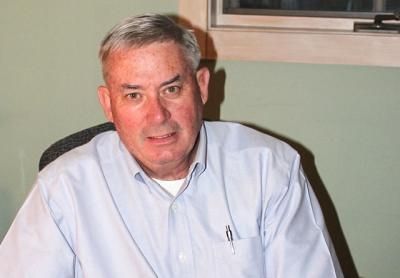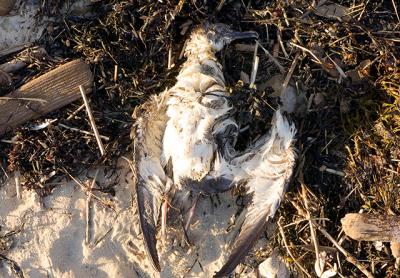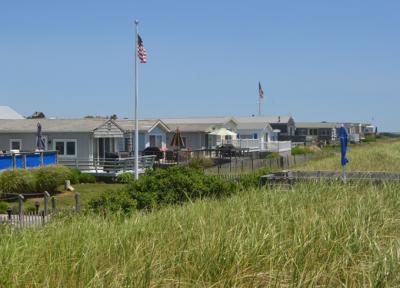Ed Deyermond to Step Down
Ed Deyermond to Step Down

This is not Ed Deyermond’s first time leaving the Sag Harbor Village Board — even he has lost track of how many — but he swears it is his last. A member of the board on and off for nearly 15 years, not including a stint in the mid-’90s, he did not run for another term in this election and will step down in July.
“I served with a lot of good people in my home village,” Mr. Deyermond said this week. “I’ll certainly miss them, it’s just time for me to go.”
While his involvement in village government may be ending, his nearly 40-year public service career is not quite over. He remains the North Haven Village clerk-administrator, an appointed position.
Since 1978, Mr. Deyermond has been a presence in local government, starting as an assessor in East Hampton Town. In 1989, he attained the highest certification granted by the New York State Assessors Association, one of only 270 assessors in the state, out of several thousand, certified. He later became the sole assessor in Southampton Town, serving from 1990 to 2001 and again from 2006 to 2010.
Mr. Deyermond first joined the village board in 1994, when he and Brian Gilbride challenged incumbents over a heated fire department issue. He was elected mayor in 2003, and served until 2006, when, he said, he got an offer from Southampton he couldn’t refuse, to return to the assessor’s job. He rejoined the Sag Harbor Village Board in 2008, stepped down again, and was re-elected in 2013 and 2015.
At the board meeting on June 13, Mayor Sandra Schroeder acknowledged Mr. Deyermond’s impending departure. “We will miss his many years of experience, knowledge, and insight,” she said, before presenting Mr. Deyermond with a certificate of appreciation citing “his ability to work effectively with mayors, clerks, and board members in our own community and neighboring jurisdictions alike.”
“Ed has been a tremendous asset to Sag Harbor throughout his career,” said Greg Ferraris, who served on the village board when Mr. Deyermond was mayor, and later, with Mr. Deyermond’s encouragement, became mayor himself.
Their roles are reversed now, but Mayor Schroeder also worked with Mr. Deyermond when he was mayor; she was the village clerk in Sag Harbor at the time. “He is the go-to guy for any issue, and if he doesn’t have the answer right away, he will get back to you and tell you,” she said by phone. “He is completely dedicated to our village. He has worked to help everyone.”
While Mr. Deyermond’s track record may suggest that he will soon return to a local government position, he promises he will not. “It’s not the Sag Harbor that I came to, years and years and years ago. I put my time in, and I think I did a good job. History will be the judge of that,” he said. He wished the new administration all the best, and said he was grateful to all those who helped in the beginning of his career.
People who worked with him more recently are grateful too, for his many years of service. “Anyone lucky enough to call this man a friend is fortunate indeed,” Mayor Schroeder said. “There is no one I know that needed help that he didn’t help. That’s the way he lives.”








